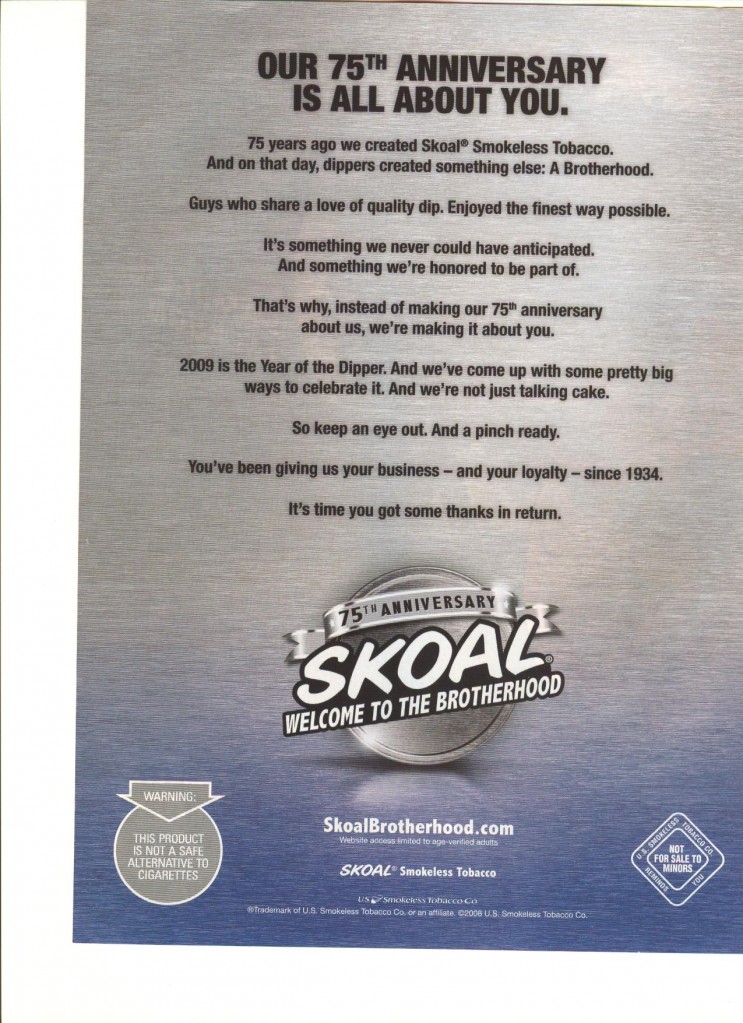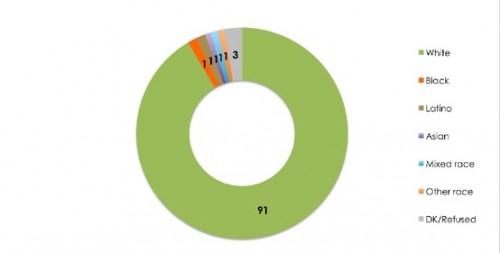This ad for the 2015 Kia Soul featuring hamster people is… charming.
It’s also a very good example of advertising that just up and shrugs and admits that its target is primarily men. The scientists and engineers are all male and the audience is intended to identify with them. The females are sexual objects that exist to attract and revel in male attention. They literally buy them at the pet store, for goodness’ sake.
Hello Kia Soul! Like, women are 51% of the population and we make purchasing decisions. Maybe go with advertising that’s a tad more inclusive? You know, one or two female scientists would have been totally do-able. Your weird science could have included some hunks alongside the hotties. Maybe one of your guy engineers would have liked that, too. I’m just saying. Being more inclusive would have been easy. There’s no excuse for this.
But thanks for the hamsters.
[youtube]https://www.youtube.com/watch?v=56C4kSlGkJ8[/youtube]
Thanks to @MLerner_RBS for the link!
Lisa Wade, PhD is an Associate Professor at Tulane University. She is the author of American Hookup, a book about college sexual culture; a textbook about gender; and a forthcoming introductory text: Terrible Magnificent Sociology. You can follow her on Twitter and Instagram.



